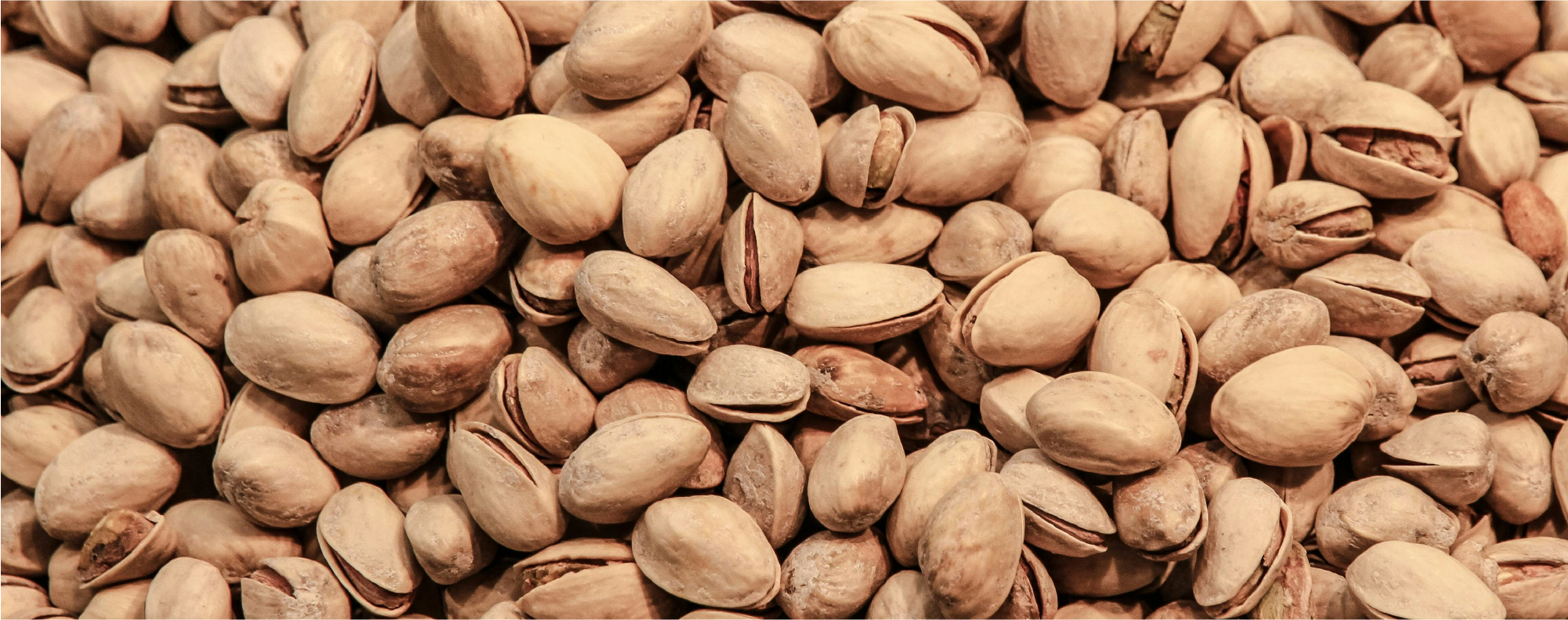
The global pistachio market is entering a tighter phase in the 2025/26 season. While the United States delivered a record harvest, sharp downward revisions in Iran and Turkey have pushed total global production lower than last year. According to the

The global pistachio market is undergoing transformative changes in 2024, driven by production rebounds, escalating prices, and increased regulatory scrutiny. Key producers like Iran, the United States, and Turkey are navigating unique challenges and opportunities while global demand continues to rise. In this analysis, we explore the latest production trends, trade dynamics, pricing fluctuations, and the broader implications for the pistachio industry.
Production Updates: Peaks and Valleys
Iran: Rebounding After Setbacks
Iran’s pistachio production has surged by 70% to 180,000 tons in 2024, marking a significant recovery from years of frost and reduced precipitation. Improved planting conditions have not only boosted yield but also enabled exports to nearly double to 135,000 tons. Major markets like China, India, and the EU have driven this growth, though aflatoxin contamination concerns remain a significant hurdle.
United States: A Record Year
The United States achieved a record pistachio production of 676,000 tons in 2024, representing a 70% increase. This growth is attributed to a peak production year for pistachio trees and expanded fruit-bearing areas. Exports soared by 48% to 435,000 tons, with China, India, and the EU being top buyers. However, domestic consumption also reached new heights, and ending stocks increased to 105,000 tons, underscoring robust global demand.
Turkey: Weather Woes Impact Production
Turkey’s pistachio production fell by 13% to 175,000 tons due to adverse growing conditions. While fluctuations are common in Turkish pistachio production cycles, this year’s low output has contributed to a sharp price increase of 188.7% in domestic markets, affecting both local consumers and export viability.
Price Dynamics: From Farm to Market
Surging Prices Globally
The pistachio market has experienced significant price increases due to supply disruptions and growing global demand.
Unexpected Industrial Demand
Beyond traditional consumption, the pistachio market has been impacted by its use in sustainable materials for the automotive industry, further straining supply and driving up prices.
Trade Dynamics: Exports and Imports
Export Leaders
Key Importers
Regulatory Challenges: Aflatoxins and Food Safety
The European Union has heightened its scrutiny of pistachio imports, particularly from Iran and Turkey, due to aflatoxin contamination. This has led to stricter inspections and additional requirements for exporters to meet food safety standards. Turkish MP Sema Silkin Ün has raised concerns about domestic food safety, highlighting the potential use of banned agricultural chemicals and the need for greater transparency in regulatory enforcement.
These issues have significant implications for exporters, who must adapt to maintain access to lucrative markets like the EU. For Iran, ongoing efforts to address technical notices and improve food safety standards are critical to restoring consumer confidence.
Emerging Trends and Future Outlook
Rising Demand in Emerging Markets
China and India are driving increased demand for pistachios, fueled by rising middle-class incomes and a growing preference for healthy snacks. The Middle East and North Africa also present untapped potential for growth, particularly in premium and specialty pistachios.
Sustainability Takes Center Stage
Sustainability is becoming a focal point for producers and exporters. Investments in sustainable farming practices, water management, and aflatoxin mitigation are key priorities for maintaining market access and meeting regulatory demands.
Technological Innovation
Advanced technologies, such as precision agriculture and automated processing systems, are enhancing productivity and quality in major pistachio-producing regions.
Key Strategies for Traders and Exporters
Conclusion
The 2024 pistachio market reflects a dynamic interplay of production surges, price volatility, and regulatory challenges. For producers, traders, and exporters, navigating this complex landscape requires innovation, adaptability, and a focus on sustainability. As demand for pistachios continues to rise globally, those who can meet the evolving expectations of consumers and regulators will thrive.
Partner with Momex for smarter trading solutions and expert insights to unlock the full potential of the pistachio market.

